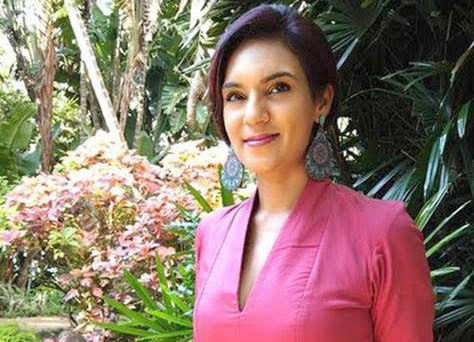The story behind Mechell's decision to climb Mount Kilimanjaro.
Mechell Chetty, Unilever’s HR Vice President for Africa, is a dedicated cyclist. While not a born fitness fanatic, she picked up the sport to set a positive example for her two sons. She went from cycling 5km and feeling exhausted to planning to take on the 94.7 Cycle Challenge as well as the Argus. When she completed these races she started considering her next fitness objective, which was to climb Mount Kilimanjaro.
Mechell believes that most people benefit by setting a Big Hairy Audacious Goal (BHAG – pronounced bee-hag). First coined and pronounced by authors Jim Collins and Jerry Porras, a BHAG stretches and guides you as you forge ahead towards your stated ambition.
For Mechell, the BHAG was climbing Kilimanjaro, Africa’s highest mountain. Approximately 30,000 people climb Kilimanjaro every year. While not a difficult technical climb, most turn back due to gruesome altitude sickness. The journey to the summit is likened to going from the equator to Antarctica.
“Making my BHAG public motivated me to hit the gym and schedule in regular hikes. My team was incredibly supportive, often hiking with me. Inviting others to share in my goal was a powerful team-enrichment exercise and an unexpected bonus,” she says.
Training for Kilimanjaro was difficult with competing work and family demands. Here, she would be flexible with her training objectives. Rather than committing to specific days and times, she would fit in two training sessions during the working week and then put in significant time over the weekend. Forgiving herself when life happened kept her on track.
[chro-cta slug=mondel-z-international-s-cebile-xulu-at-hr-indaba-2020-on-14-15-october-2020]
In October 2013, Mechell and her companions took five days to summit Kilimanjaro and two days to descend. The moment of reaching the summit was ‘indescribable’, but also rushed. She took her photo and revelled in massive achievement, but quickly started the descent from the thin air and freezing conditions.
Aside from physical fitness, she discovered many benefits from mountain climbing. These include a sense of peace from ample reflection time on a mountain to meeting incredible people. Mechell developed a friendship with intrepid mountaineer Saray Khumalo, who last year became the first black African woman to conquer Mount Everest.
It’s all about mental visualising
Climbing Mount Everest is one of the most challenging pursuits in the world. To date, almost 300 people have died on the mountain, while many turn back without summiting. Yet, the world’s highest mountain at 8,848m, remains the ultimate mountaineering achievement, despite the extreme risks involved.
For Saray, conquering Everest was a lesson in perseverance. She completed the summit on her fourth expedition to the Himalayas. Her 2014 attempt was abandoned when an avalanche killed 16 Sherpas. In 2014, a devastating earthquake prevented climbing. She reached the final stretch of the mountain’s summit in 2017, but strong winds and frostbite forced her to retreat.
The physical preparation for climbing Everest is intense. Saray’s workout regime included working with a personal trainer every day and a biokineticist twice a week. She focused on cardio (running, spinning and cycling) as well as strength training and rock climbing.
But for her, summiting the mountain was a 70 percent mental and a 30 percent physical battle. Failure and death was always a possibility. She became comfortable with the prospect of failing, knowing that she was pursuing her vision.
“Failure is not the worst scenario. We are all going to die. What if you die without properly living all those years? The real tragedy is not starting because you are afraid. But what if you fly?” asks Saray.
Importantly, her mental preparation was about visualising what could go right. Imagining herself at the top of the summit. Positive visualisation is picturing success until it feels real to you. Many athletes employ this technique, including Tiger Woods, who has been using it since his pre-teen years.












